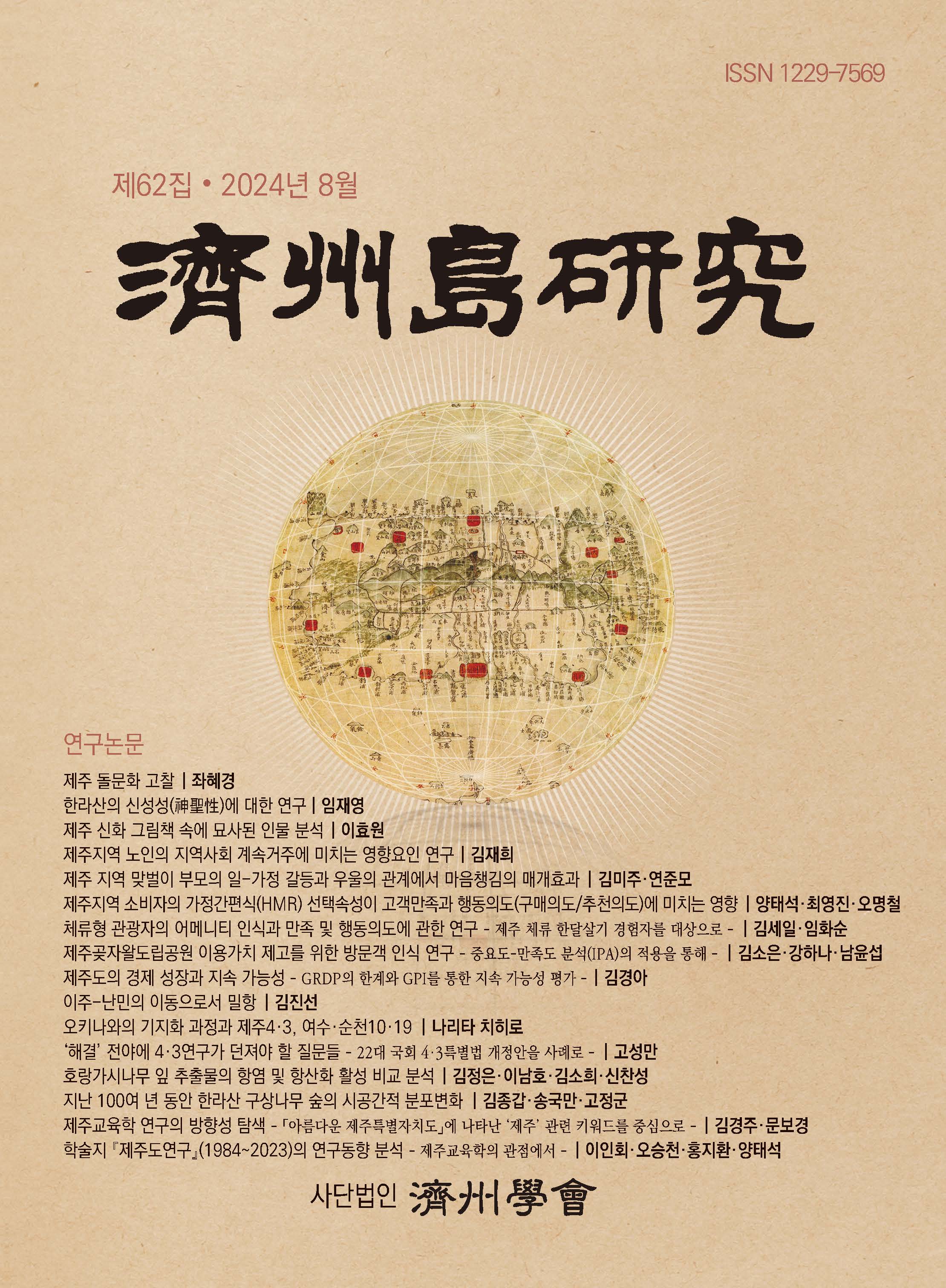최근 감귤에 등록고시된 살충제에 대해 제품별로 환경영향지수(EIQ) 평가를 하였다. 2024년 12월 기준 감귤에 등록된 242개 살충제 제품과 82개 유효성분을 대상으로 환경영향지수(EIQ)와 환경영향지수 현장적용평가(EIQ field use rating) 위험도를 분석했다. 분석결과 작업자 영향지수 평균은 63.5, 소비자 영향지수 평균은 63.5, 생태계 영향지수 평균은 80.6으로 분석되었으며 유효성분 중 각각 44개, 25개, 39개 성분이 평균값을 상회했다. EIQ 평가 결과 살충제 유효성분 중 ‘위험하지 않음’은 2개(2.4%), ‘약간 위험’은 26개(31.7%), ‘중간 정도 위험’은 45개(54.9%), ‘위험’은 5개(6.1%), ‘매우 위험’은 4개(4.9%)로 평가되었다. 242개 살충제 제품의 환경영향지수 현장적용평가(EIQ field use rating)에서 ‘매우 낮음’은 172개(71.0%) 제품, ‘낮음’은 47개(19.4%)제품, ‘보통’은 17개(7.0%)제품, ‘높음’은 5개(2.1%) 제품, ‘매우 높음’은 1개(0.4%) 제품으로 평가되어 감귤에 등록고시된 전체 살충제 242개 중 236개(97.5%) 제품이 안전하다고 평가되었다. 연간 최대 사용 횟수를 기준으로 재평가한 결과, ‘높음’ 16개(6.6%), ‘매우 위험’ 20개(8.3%) 제품으로 총 36개 제품은 사용 횟수를 줄이는 노력이 필요하다.
An Environmental Impact Quotient (EIQ) evaluation was conducted for insecticides recently registered for use on citrus. The EIQ is a method used to calculate the environmental impact of pesticides, developed by Kovach et al.(1992) to provide pesticide applicators with pre-assessed risk values regarding the environmental and health impacts of the pesticides they use. This system helps applicators make informed decisions based on better information when selecting pesticides. As of December 2024, 82 active ingredients and 240 insecticide products were registered. The analysis revealed average scores of 63.5 for farm workers, 21.4 for consumers, and 80.6 for ecological impact. Among the active ingredients, 44, 25, and 39 exceeded these respective averages. Based on the EIQ evaluation, the active ingredients were categorized as follows: “Unlikely to be Hazardous” (2 ingredients, 2.4%), “Slightly Hazardous” (26 ingredients, 31.7%), “Moderately Hazardous” (45 ingredients, 54.9%), “Highly Hazardous” (5 ingredients, 6.1%), and “Extremely Hazardous” (4 ingredients, 4.9%). In the EIQ field use rating for the 242 products, 171 (71.0%) were rated as “Very Low,” 47 (19.4%) as “Low,” 17 (7.0%) as “Moderate,” 5 (2.1%) as “High,” and 1 (0.4%) as “Very High,” with 236 products (97.5%) overall deemed safe. However, when re-evaluated based on the maximum annual application frequency, 16 products (6.6%) were classified as “High” and 20 products (8.3%) as “Very High,” indicating that efforts should be made to reduce the application frequency for these 36 products.
Ⅰ. 서론
Ⅱ. 연구 방법
Ⅲ. 결과
Ⅳ. 고찰
참고문헌
(0)
(0)
